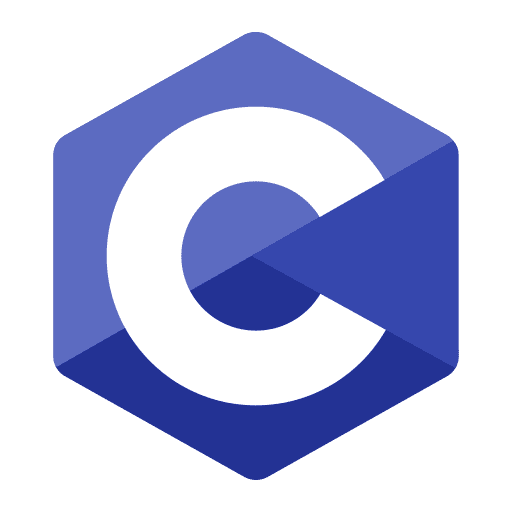C is an basic building block for every languages. It is a general Purpose Language. To develop the programming skills ‘C’ is the only platform for to develop programming techniques for any type languages. It is an Mid-level programming language for systems programming very widely used, relatively low-level, weakly typed, systems programming language associated with Unix and through that with Linux and the open source movement Performance becomes somewhat portable. Many Applications Like System Software, Application Software, Embedded Systems, Cool Games, Mobile applications, Device Drivers Programming etc of the World applications written in C and the List continues…C Designed and implemented by Dennis Ritchie 1972. Unix operating system and many of the other languages are being written in C language. C is general purpose and very powerful language. This programming language can be used in both the software and hardware programming. C language has the ability to access low-level language using height level syntax. C language is very fast and portable. C language is used to develop the Project with various domains (Telecom, Banking, Insurance, Life Science, etc). C has its own feature like the standard library. The Course is designed with basic to advance level.
C Language
By: Professor
Course Content
C Language
- Features of CFree Preview
- HistoryFree Preview
- Structure of C Program
- Keyword, Identifiers and Constants
- Primitive Data TypesFree Preview
- Aggregated Data TypesFree Preview
- Binary Operators
- Unary Operators
- Ternary Operators
- Special Operators
- Order of Evaluation
- Simple if
- if..else
- Nested if
- if..else ladder
- Goto Statement
- Break and Continue Statement
- Switch..Case Statement
- While
- For
- Do..While
- sted loop Statements
- Introduction To Arrays
- Need for Arrays
- Types Of Arrays
- One Dimensional Arrays
- Two Dimensional Arrays
- Multi Dimensional Arrays
- Declaring String
- Initializing String
- String Functions
- String Formatted Specifiers
- Multiple Strings
- Interdiction to Functions
- Need for Functions
- Classification of Functions
- Function Prototype
- Defining Function
- Calling Function
- Function with Arrays
- Function with Strings
- Recursive Functions
- Automatic
- Extern
- Static
- Register
- Introduction to Structures
- Declaring a Structure
- Introduction to Structures
- Structures with Arrays
- Structures with Function
- Nested Structures
- Introduction to Union
- Declaring Union
- Difference between Structures and Unions
- Enumerations
- Typedef
- Introduction to Memory
- Introduction to Pointers
- Operations on Pointers
- Pointer to Pointer
- Pointer to Array
- Array to Pointers
- Void pointers
- Call by Value and Call by Reference
- Passing Pointers to Functions
- Functions returning Pointers
- Pointer to Functions
- Pointers with Structures
- Dynamic Functions Call with Function Pointer
- Allocation (Malloc, Calloc and Realloc)
- De – Allocation (Free)
- Introduction
- File Input, Output Operations
- Sequential Files
- Random Access Files
- Command Line Arguments
- Database vs File System
- Handling Errors
- Introduction to Graphics
- Initializing Graphics
- Graphic Drivers and Modes
- Graphic Functions


